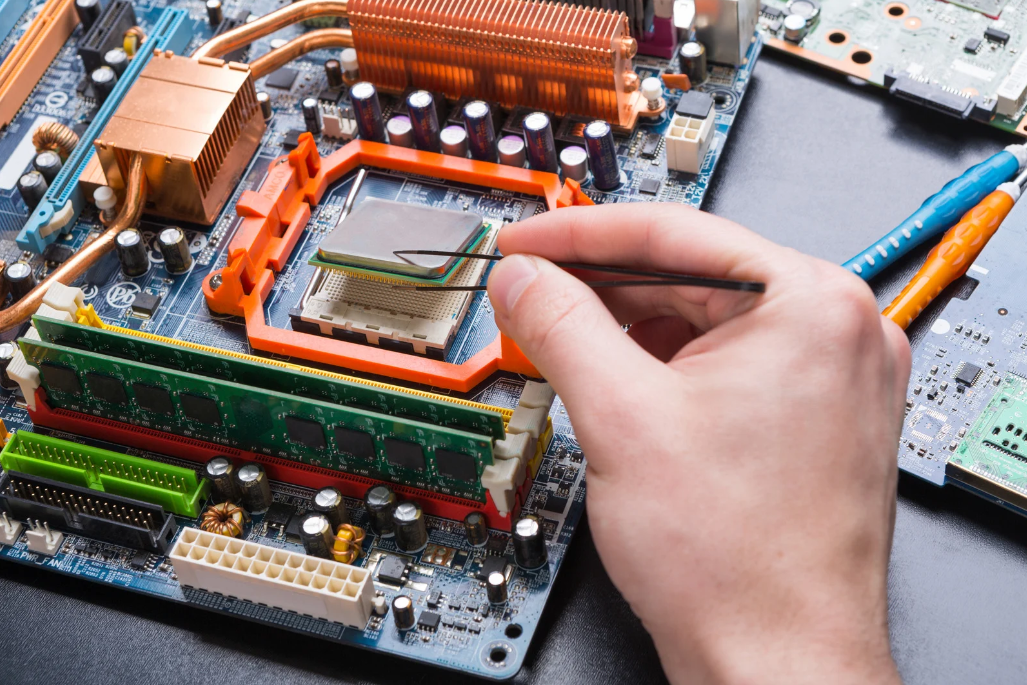Piezoelectric materials are widely used in various applications, from sensing and actuating devices to energy harvesting systems. Piezoelectric elements are often coated with different materials to enhance their performance and protect them from environmental factors. We will explore the characteristics, application methods, and pros and cons of three commonly used coatings: silver, gold, and nickel.
- Silver Coating: Silver is a popular choice for piezo coatings due to its excellent electrical conductivity and low resistivity. These properties allow for efficient signal transmission and minimize signal loss. Silver coatings also exhibit good adhesion to piezoelectric materials, ensuring long-term reliability.
Application Method: The silver coating is commonly applied through various techniques such as sputtering, electroplating, or chemical vapor deposition (CVD). These methods ensure a uniform and dense coating on the piezoelectric surface, providing optimal performance.
Pros:
- High electrical conductivity for efficient signal transmission.
- Good adhesion to piezoelectric materials.
- Relatively low resistivity, minimizing signal loss.
- Suitable for high-frequency applications.
Cons:
- Silver coatings may be susceptible to oxidation over time, reducing their conductivity.
- Higher cost compared to other coating materials.
- Gold Coating: Gold coatings offer excellent corrosion resistance and stability, making them ideal for applications in harsh environments or those requiring long-term reliability. Additionally, gold coatings provide low contact resistance, ensuring minimal signal degradation.
Application Method: Gold coatings are typically applied using techniques like sputtering or electroplating. These methods yield a uniform and durable coating that protects the piezoelectric material effectively.
Pros:
- Superior corrosion resistance, making it suitable for harsh environments.
- Excellent stability and long-term reliability.
- Low contact resistance for minimal signal degradation.
- Often preferred for medical and aerospace applications.
Cons:
- Gold coatings are more expensive compared to other materials.
- Lower electrical conductivity than silver coatings.
- Nickel Coating: Nickel coatings offer good mechanical robustness and durability, and an effective barrier against moisture and environmental factors, ensuring prolonged operational life.
Application Method: Nickel coatings can be applied through electroplating or electroless plating methods, which create a protective layer with excellent adhesion to the piezoelectric material.
Pros:
- High mechanical strength and durability.
- Effective moisture and environmental barrier.
- Relatively low cost compared to silver and gold coatings.
- Suitable for rugged applications.
Cons:
- Lower electrical conductivity than silver and gold coatings.
- Nickel coatings may introduce some signal loss due to their resistivity.
Choosing the right coating material for piezoelectric devices depends on the specific application requirements. Silver coatings offer excellent electrical conductivity but may be prone to oxidation. Gold coatings provide superior corrosion resistance but come at a higher cost. Nickel coatings offer durability and protection at a relatively lower cost but have lower electrical conductivity. Evaluating the pros and cons of each coating will help engineers and researchers make informed decisions to optimize the longevity and performance of their piezoelectric systems. Remember, when selecting a coating material, it’s essential to consider factors such as conductivity, corrosion resistance, cost, and the specific demands of your application to ensure the best results. Call us at 1-650-375-7003 to learn more or speak with a representative.



